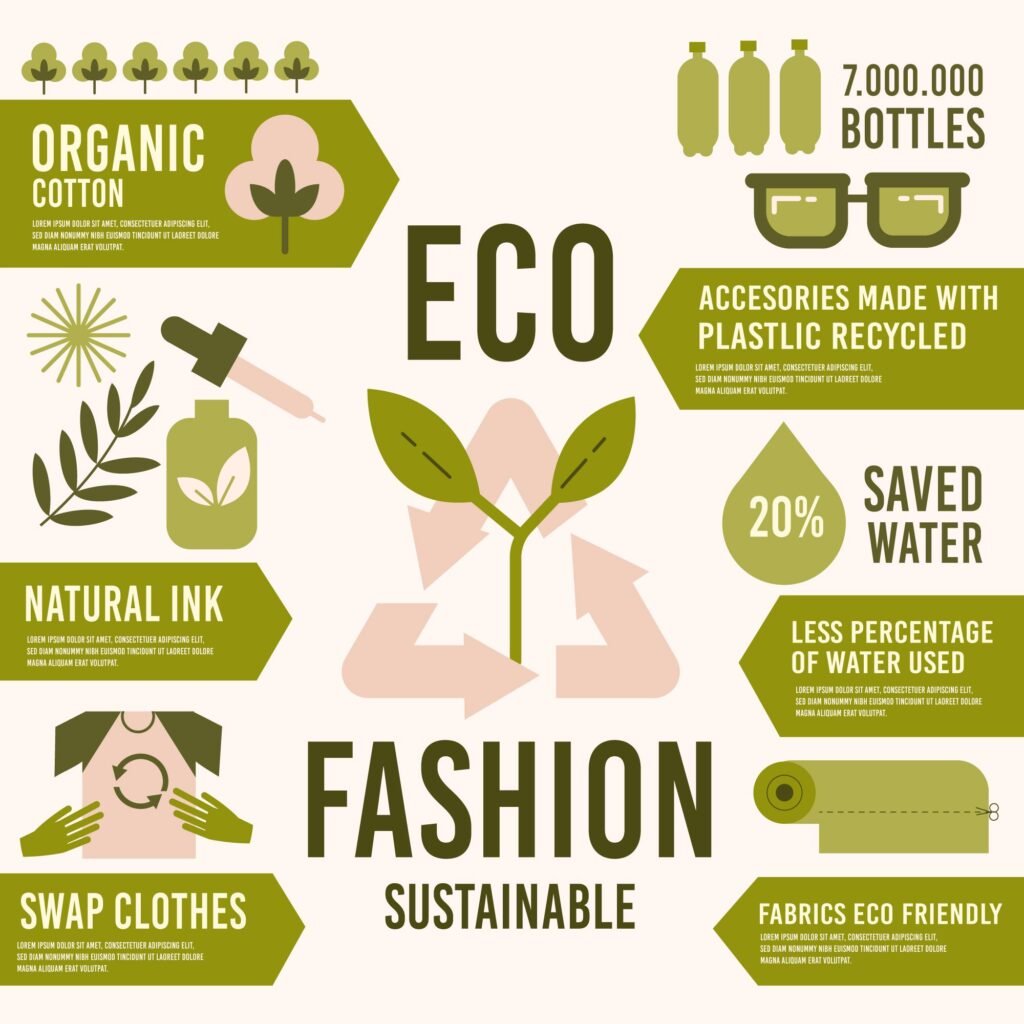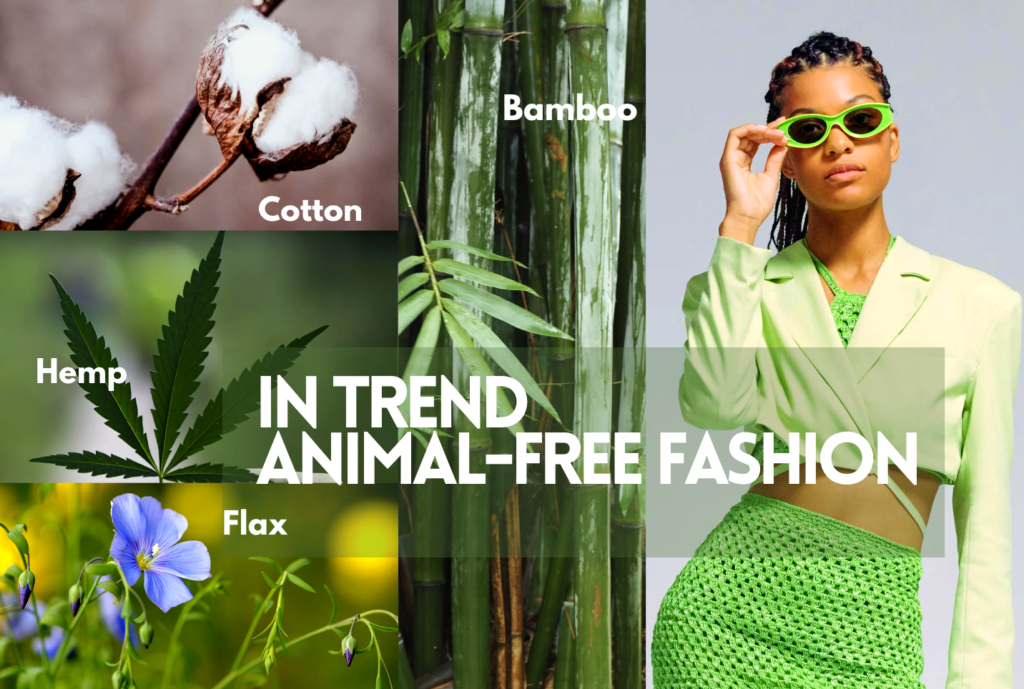In Trent Animal-Free Fashion-Do You Consider to Buy Vegan Fashion?
Table of Contents
How to choose animal-free fashion?
Vegan nutrition has become very popular, and many people do not want to use animal products in other areas of life either.
People who are now vegan want to wear clothing made from animal-free materials.
But this is not always so easy to recognize as such. Therefore, it helps to know which fabrics are vegan, know about vegan materials, and to shop where vegan clothing is available.
Is it Vegan Fashion?
You cannot wear clothing made from animal materials if you want to live without animal products. Vegan clothing is free from animal products, which doesn’t just mean the apparent materials like fur and leather.
Many clothing items are also not vegan, like the buttons made from mother-of-pearl or horn. Silk dresses or blouses are obtained from the cocoon of a silk moth and are also considered animal material. In addition, rainwear is impregnated with beeswax, and some jeans have leather brand patches, also animal products.
Sustainable alternatives

But there are now numerous alternatives for vegans in terms of clothing. For example, they can wear sweaters, t-shirts, and dresses made of cotton, linen, and hemp that are also animal-free. Garments made of soy silk are made from soy protein and have the appearance and soft structure of conventional silk.
One of the rarest fabrics in the world is lotus silk.
Why Lotus Silk Is So Expensive
Although vegans have to do without wool and down in winter, clothing made of cotton and modal fibers keeps them sufficiently warm.
Leather lovers can instead wear clothes made of cork or pineapple leather. Manufacturers of vegan clothing have a diverse selection of animal-free materials such as bamboo, polyester, nylon, viscose, imitation leather, kapok, elastane, or lyocell, a fiber made from natural raw materials, mainly obtained from eucalyptus wood.

How to recognize vegan clothing?
Sometimes we need clarification to know the material of a piece of clothing since there is no labeling requirement for leather products, for example. With textiles, there are labels listing the materials used. Shoes are usually only marked as to whether they are genuine leather or not. However, other animal materials, such as wool, should be emphasized.
The vegan leather made from India’s waste flowers
What Is Cactus Leather? Is It Sustainable? See also: Vegan Leather Alternatives.
Many vegan products have the PETA-Approved Vegan logo. When shopping online, you can now search for the “vegan” category on many sites, and numerous shops also sell vegan fashion.
So, it is better to get detailed information before you order your clothes online or in a local store.
Here is a list of animal-free materials:
Synthetic fiber:
Acrylic, acetate, spandex, nylon, polyester, polyurethane.
Polyester and polyurethane are plastic sourced from fossil fuels, and Acetate and acrylic are chemical fibers.
Natural fiber:
Cotton, hemp, kapok, cork, linen, bamboo, lyocell.
Modal and viscose are from cellulose, a natural product, but treated with chemicals. Cupro
Rayon vs. Viscose vs. Modal vs. Polyester vs. Lyocell vs. Bamboo Comparison: What’s The Difference?
Cotton
The workers who grow and harvest the cotton are often children. No other agricultural crop uses as many plant toxins as cotton. It is bad for us to wear cotton treated with pesticides on our skin. Many farmers become ill as a result of the use of pesticides. Cotton plantations also consume an incredible amount of water. Better to buy organic cotton and make sure it is non-GMO
Plastic fibers like polyester and polyurethane and acetate and acrylic are chemical fibers and often make our hair static when we wear clothes made from them.
Ask yourself
If you want to avoid clothing with animal components, you may ask yourself questions: Do I want a cotton shirt that needs vast amounts of water and plant toxins to produce? What about non-degradable plastic? Or: Do I want to wear fibers treated with chemicals on my skin?
Related articles that may interest you:
ACE sustainable fashion: Your ultimate guide to consuming fashion responsibly
Report Outlines How to Fix the Fashion Industry’s Enormous Emissions Problem
Emerging Business Opportunities in Sustainable Fashion
Eco, Vegan-Friendly Clothing Brands
Are Synthetic Fabrics Sustainable? Overview and Environmental Impact
See also What Is Vegan Skin Care? And DIY Recipes




